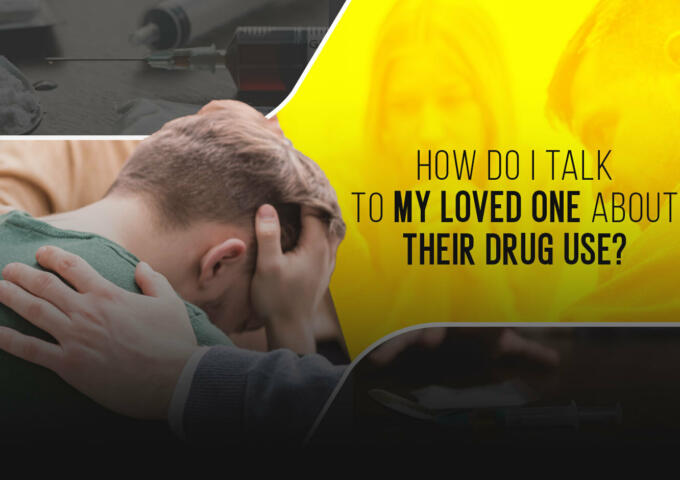If you pay for something, you get more of it. Of all the ironclad laws of economics in governing, politicians should pay attention to this one more than most. But they don’t. No matter how much elected officials talk of The Science or The Math, they will ultimately enact policies that please their constituencies, whether the numbers make sense or not.
Gun “buybacks” are one such program.
The very name is a lie – the government cannot buy a gun “back” unless they were the ones that sold it in the first place. The government is not buying anything “back,” they’re buying something that they never owned before.
That semantic fib covers up a much bigger lie: these gun buyback programs, tried across the country over many years, have absolutely no effect on crime. Brian Doherty of Reason magazine wrote about a recent study by the National Bureau of Economic Research earlier this year. The results are clear: “Controlling for ‘demographic, socioeconomic, and policy controls measured at the county and state levels’ that might affect the gun crime and gun death rates no matter what was going on with buybacks, the researchers concluded that ‘with 95 percent confidence, we can rule out gun crime declines in the 12 months following a [buyback] of greater than 1.3 percent and gun crime declines of greater than 2.2 percent’ more than a year after they happen.”
Crime does not go down. Neither do gun deaths: the researchers found “no evidence that firearm-related suicides and homicides declined in the years following” a buyback.
Part of the problem, as Ben Mannes wrote here at PW recently, is that in dealing with “gun crimes,” the government focuses too much on the “gun” and not enough on the “crime.” After all, a man was murdered with a trash can lid in Philadelphia recently. Crime is crime, murder is murder, and perpetrators aren’t picky about the tools of their trade.
Focusing on the criminal and not his tools reveals the flaw in buyback logic. The only guns likely to be collected in such a scheme are those that are not functional – and thus no threat to anyone except their owners – or those that are unwanted. Someone who is likely to commit a crime is not going to sell his gun anymore than any person in a legitimate trade would sell the tools he needs. The gun does not make the criminal, and “buybacks” don’t un-make them either.
At least until now, the price paid for these guns is low — usually around a hundred dollars. But as with every failed program, there are those who say it would work, we just need to spend more money. Earlier this year, Jonathan Wilson Jr., the executive director of the Fathership Foundation, penned an op-ed in the Inquirer calling for higher rates of compensation for guns – much higher. Wilson wants the city to pay “at least $1,000 for automatics and ghost guns and $500 for revolvers.” The terminology he uses is a little unclear, but it sounds like he would pay $1,000 for a semi-automatic pistol.
There is a fable in economics, possibly apocryphal, that when the British ruled India, they wanted to solve the problem of cobras in the city. A reasonable thing to want, after all. So to get the problem under control, they offered a bounty on cobra skins. People turned in lots of cobra skins. But there were still as many cobras as ever.
The reason: the bounty was so high, it became profitable to raise cobras on the outskirts of town, skin them, and claim the reward. This is exactly what would happen in Philadelphia if we paid $500 or $1,000 per gun. We would collect lots and lots of guns, some of them brand new and fully functional, because the person turning them in could just go and buy more. When guns like the Hi-Point C9 Yeet Cannon G1 (yes, that is its real name) retail for $199, any enterprising person could make a small fortune buying low and selling high and the number of guns in the hands of criminals would not decline at all.
The city would end the program before going bankrupt, but that would make things worse. The second part of the British cobra story is that the government realized their error and stopped paying. Cobra-herders were left with a massive amount of now-useless snakes, which they released into the wild. Gun buyers in this carry trade would not do that – the guns still have value – but they would sell them cheaply to recoup their losses, and one can easily imagine where those weapons might end up.
Gun buybacks are a favorite among lefty politicians, but they simply spend your money on something that does not reduce crime or death. But that won’t stop them from doing it. City Council president Darryl Clarke, when confronted with the NBER study’s results, simply said it wasn’t true and continued to tout the policies. Philadelphians are owed a more serious response than that.





